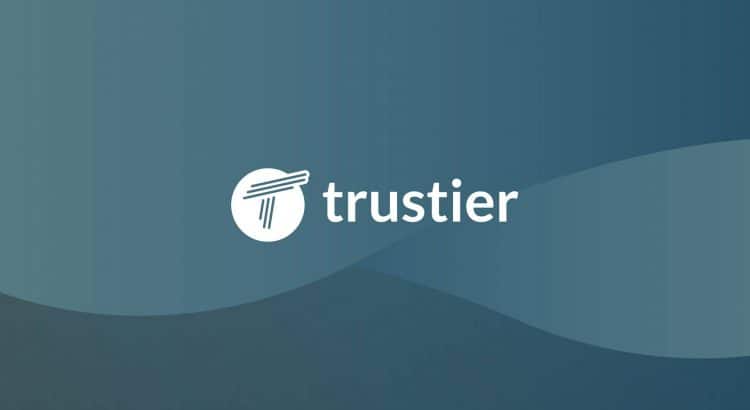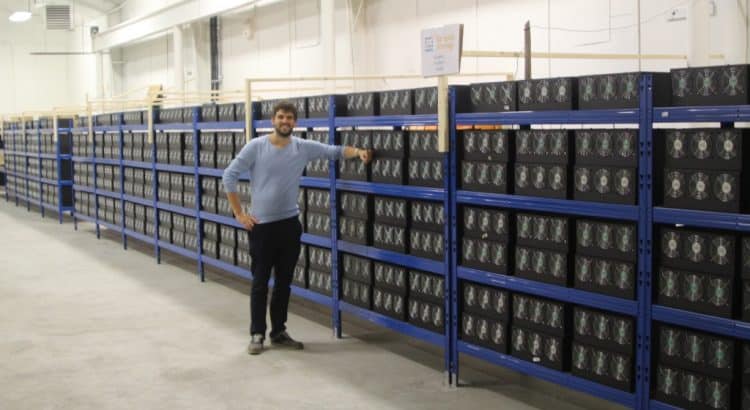The WhatsNext Community is an online platform based in the Netherlands that focuses on cryptocurrency and blockchain technology. The platform provides a community for people who are interested in learning and discussing these topics, as well as offering various services to its members.
Read MoreTag: blockchain

What is Trustier?
Trustier is a trust worthiness platform
Trustier is an online benchmarking platform for trust(worthiness), by using Trustcoins as a currency of trust.
Based on the amount of Trustcoins received and withdrawn, each individual and company will have a Trust Tier. Tiers serve as a level of trustworthiness and can be used in all online or offline exposure as a marketing and branding tool and will be auditable in a blockchain-based register.
Trustier will be the first organisation to really measure and validate TRUST. The Trustcoins that they have introduced can be given and received, in limited amounts. If you receive Trustcoins, you have to ‘spend’ them wisely. And you can lose them when you break somebody’s trust (unlike ratings on regular review websites).
This will provide you an interesting view on your network of friends, family, business partners, clients and colleagues.
Based on the amount of Trustcoins received and withdrawn, each individual and company will have a TrustTier.
Trustier is also lancing their very own token: The Trustier Token is separate from the trustcoins on the platform and are used to invest in Trustier

What is Blockchain?
A blockchain is a continuously growing list of records, called blocks, which are linked and secured using cryptography
Each block contains typically a hash pointer as a link to a previous block, a timestamp and transaction data. By design, blockchains are inherently resistant to modification of the data. Functionally, a blockchain can serve as an open, distributed ledger that can record transactions between two parties efficiently and in a verifiable and permanent way. For use as a distributed ledger a blockchain is typically managed by a peer-to-peer network collectively adhering to a protocol for validating new blocks. Once recorded, the data in any given block cannot be altered retroactively without the alteration of all subsequent blocks and a collusion of the network majority.
Blockchains are secure by design and are an example of a distributed computing system with high Byzantine fault tolerance. Decentralized consensus has therefore been achieved with a blockchain. This makes blockchains potentially suitable for the recording of events, medical records, and other records management activities, such as identity management, transaction processing, documenting provenance, or food traceability.
The first distributed blockchain was conceptualised by Satoshi Nakamoto in 2008 and implemented the following year as a core component of the digital currency bitcoin, where it serves as the public ledger for all transactions. The invention of the blockchain for bitcoin made it the first digital currency to solve the double spending problem, without the use of a trusted authority or central server. The bitcoin design has been the inspiration for other applications.
Source: Wikipedia

What is cloud-mining?
Cloud Mining is the process of bitcoin mining utilizing a remote datacenter with shared processing power
This type of cloud mining enables users to mine bitcoins or alternative cryptocurrencies without managing the hardware. Since Cloud Mining is provided as a service there is generally some cost and this can result in lower returns for the miner. There are many cloud mining scams.
Source: Wikipedia